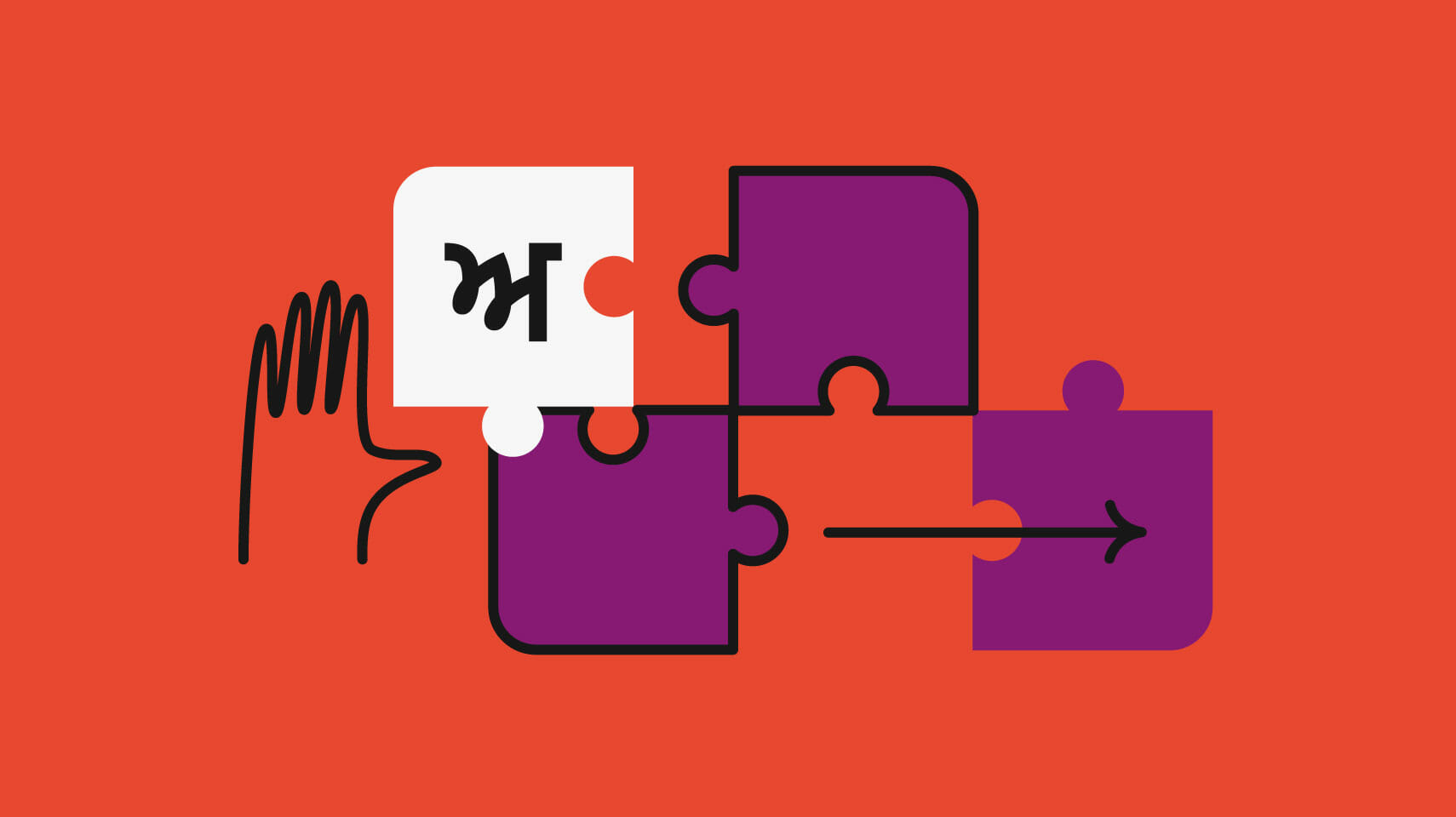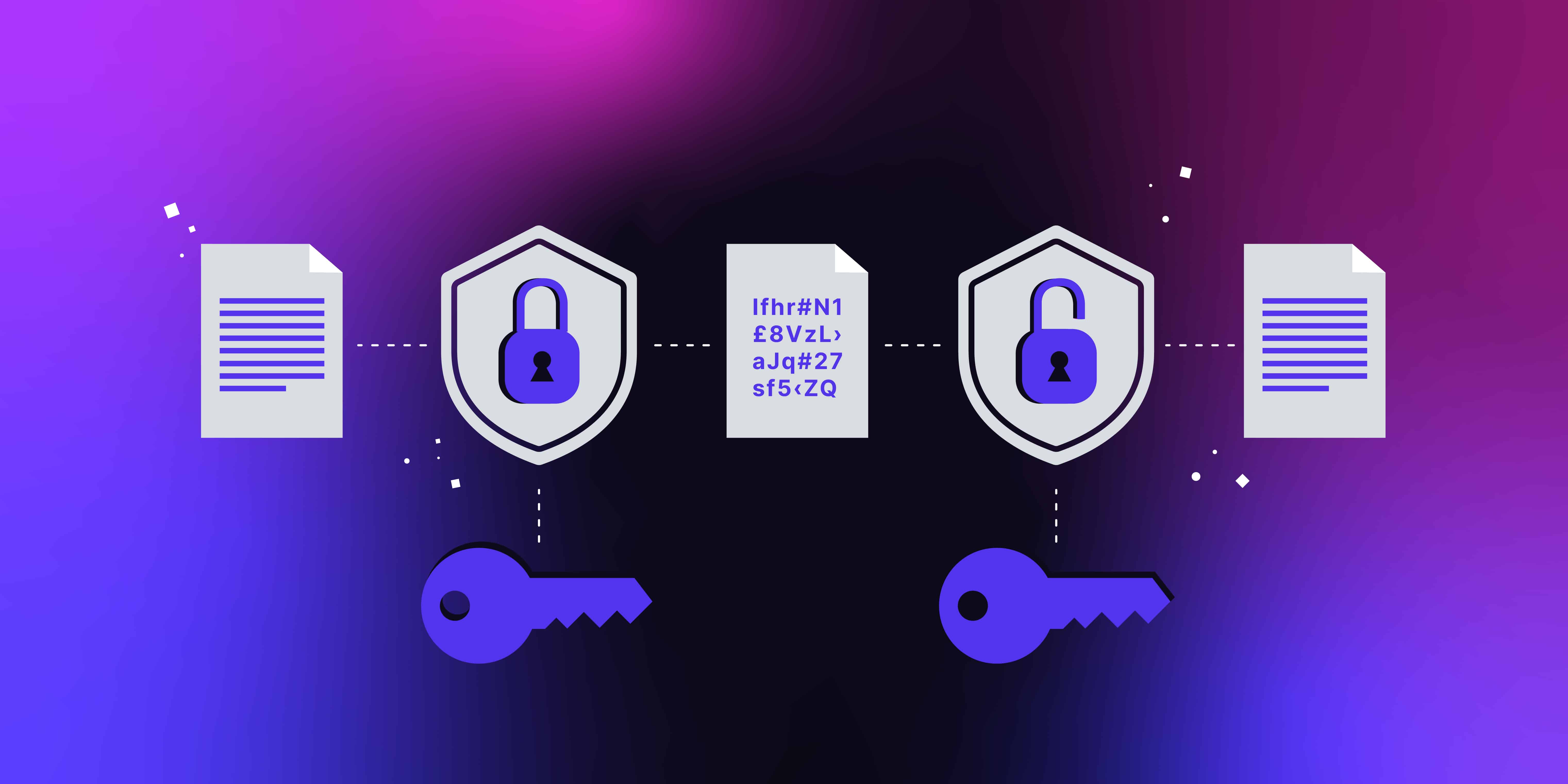A data communications protocol is a set of rules that determine how devices transmit and receive data. These rules ensure accurate and efficient data exchange between systems.
For those venturing into the realm of network communication, understanding data protocols is essential. Picture the vast digital universe as a bustling metropolis; data protocols serve as the traffic signals and roadmaps that guide the seamless flow of information. They lay down the groundwork for various devices and applications to communicate effectively, without which data transfer would be a chaotic, error-prone process.
Data protocols encompass everything from how data packets are structured to the way handshakes happen between devices. This digital choreography enables the interconnectivity that powers our emails, instant messages, and internet browsing, making it a cornerstone of modern technology and communication networks. By adhering to these predetermined conventions, different hardware and software systems can collaborate and function harmoniously, leading to an interconnected and interoperable digital ecosystem.
The Essence Of Data Communications Protocols
Data communications protocols form the foundation of network interactions. These rules ensure that devices can talk to each other efficiently. Without standardized protocols, our connected world would be in disarray.
Crucial Elements Of Protocols In Networking
Protocols in networking guide data exchange. They make sure information travels right. Each protocol includes several key components:
- Syntax: Structure of data bits.
- Semantics: Meaning and error handling.
- Timing: Speed and sequencing.
The Functionality Behind Data Exchange
Data exchange relies on a sequence of operations. Protocols create a common language for this. Here’s how it works:
- Data is packaged into units.
- These units follow rules to reach the destination.
- The receiving device checks and unpacks the data.
- Confirmation gets sent back to the sender.
Historical Perspective On Data Protocols
Understanding data protocols is like learning the grammar of computer communication. These protocols ensure that digital conversations happen smoothly. Let’s travel back in time to see how these rules evolved.
Timeline Of Key Protocol Development
Data protocols have come a long way. People first sent messages through wires. Then, we started sharing data across continents. Let’s map this journey.
| Year | Development |
|---|---|
| 1969 | ARPANET’s first message |
| 1982 | TCP/IP protocol suite established |
| 1989 | World Wide Web’s birth |
| 1991 | HTTP/1.0 led to web browsing |
| 2008 | Introduction of Google’s SPDY |
Pivotal Moments In Data Communication History
Each era of our past gave us breakthroughs. These breakthroughs changed how we connect. Look at these monumental shifts.
- ARPANET: The grandfather of modern networks.
- Ethernet: Wired homes and offices for the internet.
- WiFi: Cut the cords. Gave internet freedom.
- 4G/5G: Internet on-the-go, at blazing speeds.
These developments paved the way for the smart, connected world we enjoy today. Understanding these protocols helps us appreciate the web’s power. It also inspires us to innovate for the future.
Defining A Data Protocol
Imagine wanting to chat with a friend on your phone. For that chat to happen, your phone uses a set of rules. These rules are like a secret handshake between devices on a network. We call these rules a data communications protocol. Data protocols make sure that the information can get from one place to another correctly and efficiently. Let’s find out what makes up these protocols and how they stand apart from regular data.
Components That Makeup Protocols
Protocols are not just one thing. They are made of many parts. Think of building a car. A car has an engine, wheels, and seats. Protocols also have different parts that work together. Here are some main components:
- Syntax: This is like grammar rules. It tells data how to shape up.
- Semantics: Semantics give meaning to the syntax, like words in a sentence.
- Timing: It’s like a schedule. Timing ensures that the data wait their turn and do not rush together.
Distinguishing Protocols From Ordinary Data
You may wonder how to tell protocols apart from the usual data. Ordinary data is like a letter content, while protocols are like the envelope and postal rules. Here’s a quick way to spot the difference:
| Protocols | Ordinary Data |
|---|---|
| Rules for sending data | The message being sent |
| Controls the flow of data | Flows within the control |
| Ensures proper delivery | Needs to be delivered properly |

Credit: phrase.com
The Anatomy Of Data Communications Protocols
Ever wonder how computers manage to ‘talk’ across the vast void of digital space? This begins with the anatomy of data communications protocols. Without protocols, the online world would be a jumble of mismatched signals and noise. Protocols are like the rules of the road, guiding each bit of data to its proper place.
Layered Structures: Understanding Architecture
Data protocols are not one-size-fits-all. Instead, they function in layers. Picture a layered cake. Each layer has its own role in ensuring that data moves smoothly from one point to another. This structure is called protocol stack. It usually follows a standard model known as the OSI model.
- Application Layer: Where apps access the network
- Transport Layer: Takes care of data transfer reliability
- Network Layer: Manages the routing of data
These layers work together. They create a seamless flow of data for you to enjoy your favorite online activities.
Standards And Syntax: The Language Of Protocols
In the realm of protocols, standards rule. They’re like the grammar of data communication. Without them, nothing makes sense. Standards ensure devices speak the same digital tongue. Syntax, which is the set of rules for the language of the protocol, allows devices to understand the structure of the data.
| Protocol | Function |
|---|---|
| HTTP | Web browsing |
| SMTP | Sending emails |
Strict adherence to syntax and standards is crucial. This is so that all devices can decode messages accurately.
Protocols In Action
Imagine talking to your friends without a common language. It’s tough, right? Now think of devices chatting with each other. They need a set language too. Data communications protocols are like that language. They let devices understand each other, no matter where they are. In this post, we dive into how these protocols bring the digital world to life.
Protocols work silently behind every click, tap, and swipe. They guide data from one point to another, reliably and swiftly. Seeing how they work helps us appreciate their role in our connected lives.
Case Studies: Protocols Facilitating Modern Communication
Emails reach your inbox because of protocols like SMTP. Without it, no “You’ve got mail!” moment. Web pages load smoothly thanks to HTTP and HTTPS, guiding the web’s content to you. Streaming your favorite show? Thank protocols like RTP and RTSP for the seamless experience.
Protocols Across Various Industries
Different industries rely on specific protocols for their needs. Let’s see the variety of applications.
- Healthcare: HL7 enables secure and clear medical data sharing.
- Banking: Protocols like ISO 8583 ensure safe and instant financial transactions.
- Aviation: ACARS keeps planes connected with ground stations for smooth flights.

Credit: datamyte.com
Critical Features Of An Effective Protocol
When delving into the realm of data communication, protocols are the rulebooks that govern the transfer of information across networks. To ensure digital conversations happen smoothly, protocols must possess certain features.
Reliability And Efficiency Factors
Effective data communication protocols prioritize reliability and efficiency. Their design should guarantee accurate and complete data transfer. Key aspects include:
- Error detection to pinpoint any data corruption.
- Error correction to resolve any issues without retransmission.
- Data compression for faster transmission.
- Flow control to prevent data overflow.
- Sequencing to maintain data order.
Security Measures In Protocols
Keeping data secure is paramount. Protocols implement various strategies such as:
| Security Feature | Purpose |
|---|---|
| Encryption | Confidentiality of data transfer. |
| Authentication | Verification of communication parties. |
| Integrity checks | Assurance of unaltered data. |
| Access control | Permission management for resource access. |
Future Of Data Communications Protocols
The future of data communications protocols brims with innovation.
Digital transformation continuously shapes the path forward.
Emerging Trends In Protocol Development
Advancements in technology dictate protocol evolution.
- Speed and Efficiency: Protocols must handle increasing data volumes.
- Security: Cyber threats push for fortified protocols.
- Interoperability: New standards seek seamless integration.
- IoT and Edge Computing: Devices demand novel protocol strategies.
The Role Of Ai And Machine Learning In Protocol Evolution
AI and Machine Learning revolutionize protocol development.
| Predictive Analytics | Network Optimization | Automation |
|---|---|---|
| Forecast network demands | Enhance data flow | Reduce human error |
| Identify potential breaches | Tune protocol parameters | Improve protocol efficiency |

Credit: kinsta.com
Unlocking The Secrets: Understanding The Impact
Imagine a world where every digital device speaks the same language. That’s the magic of data communications protocols. They are the secret spell cast upon the digital realm, allowing a seamless flow of information. In this deep dive, we’ll uncover the incredible impact these protocols have on our connected world.
How Protocols Have Shaped The Internet
The internet is a global network connecting millions of devices. Thank data protocols for this interconnectedness. Without them, you couldn’t browse the web, send emails, or share photos.
Key protocols like TCP/IP form the internet’s backbone. This duo manages how data travels across the web. TCP ensures data arrives without errors. IP guides data to the correct destination.
The Underrated Heroes Of The Digital Age
Protocols are often unnoticed, yet they do a heroic job. They ensure your digital devices work together. Imagine sending an email from your phone. It goes through numerous steps, and protocols work in the shadows.
Protocols take charge of encryption, making sure your data is safe. They decide the speed of data transmission. Are your videos loading without buffering? You can thank the smooth operation of protocols for that joyous experience.
Frequently Asked Questions Of Which Statement Defines A Data Communications Protocol?
What Is A Data Communications Protocol?
A data communications protocol is a set of rules that allows two or more entities to transmit information over a network. It ensures successful data transfer and communication consistency between different devices.
Why Are Communication Protocols Essential?
Communication protocols are essential for interoperability between devices, providing a standardized method for data exchange. They ensure that transmitted data is understood accurately across various systems and platforms.
How Do Protocols Affect Data Transfer?
Protocols directly affect data transfer by defining the processes for data packaging, transmission, and reception. They dictate how data is formatted, sent, and received, impacting speed and reliability.
Examples Of Common Data Communication Protocols?
Common data communication protocols include TCP/IP for internet data, HTTP for web transfers, FTP for file sharing, and SMTP for email transmission. Each serves a specific purpose in data exchange.
Conclusion
Understanding data communications protocols is foundational in the realm of digital networking. These systems dictate successful data exchanges across devices and platforms. By grasping the key concepts covered in this post, you’ll enhance your tech fluency. Dive deeper and embrace the power of seamless communication in our interconnected digital landscape.












































Leave a Reply